Unless you have only a mild interest in all things culinary, chances are you’ve heard of sous vide. This once obscure cooking method is becoming increasingly popular amongst foodies and certain ahead-of-the-curve home cooks. While some have never heard of it, chances are most of us who frequent restaurants have enjoyed its results. If you ever wondered why a steak served at your favorite restaurant tastes so good when compared to those made at home, perhaps it was made using sous vide.
What is sous vide?
So what is sous vide? Well, it’s actually pretty simple. Sous vide is French for “under vacuum” and is essentially a process of cooking food within a vacuum-sealed container at low temperatures.
First, the food is vacuum-sealed in a plastic bag and then the bag is immersed in water. Using a heating element and occasionally circulation, the water is heated to a specific and constant temperature. The temperature varies, but is usually quite low. The food is left in the heated water until its internal temperature is the same as the temperature of the water.
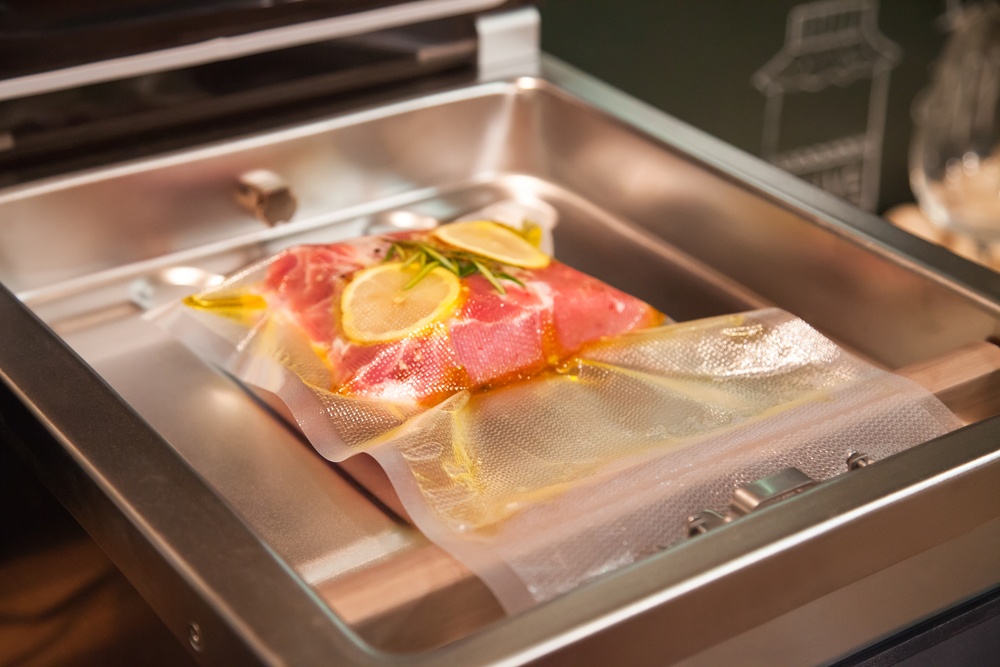
This low and slow cooking process combined with the vacuum sealing ensures that the food reaches its target temperature while at the same time retaining all its moisture and juices.
Once the item is ready, it’s either served, seared on the outside in a pan, or browned on a grill. This final application of external, direct heat provides the essential Maillard reaction. (Oo la la Maillard reaction? That’s the chemical process that gives browned and caramelized food its delicious taste.)
The origins of sous vide

While it’s only recently become popular amongst home cooks, sous vide has been used widely by restaurant chefs for years. But the process itself claims origins as far back as the late 1700s. The concept of low and slow cooking was first described by American-born physicist Benjamin Thompson in 1799. While experimenting with a device designed to dry potatoes, Thompson discovered that he could cook the potatoes using only low-temperature hot air.
Thompson’s research, while important, was only the first step in the development of sous vide as we know it today. It was in the 1960s that researchers discovered cooking food under pressure had a positive effect on texture and moisture retention. And in 1970, French chef Georges Pralus thought to combine the two methods when he pioneered the process of cooking vacuum-sealed food at a low temperature.
Why cook with sous vide?
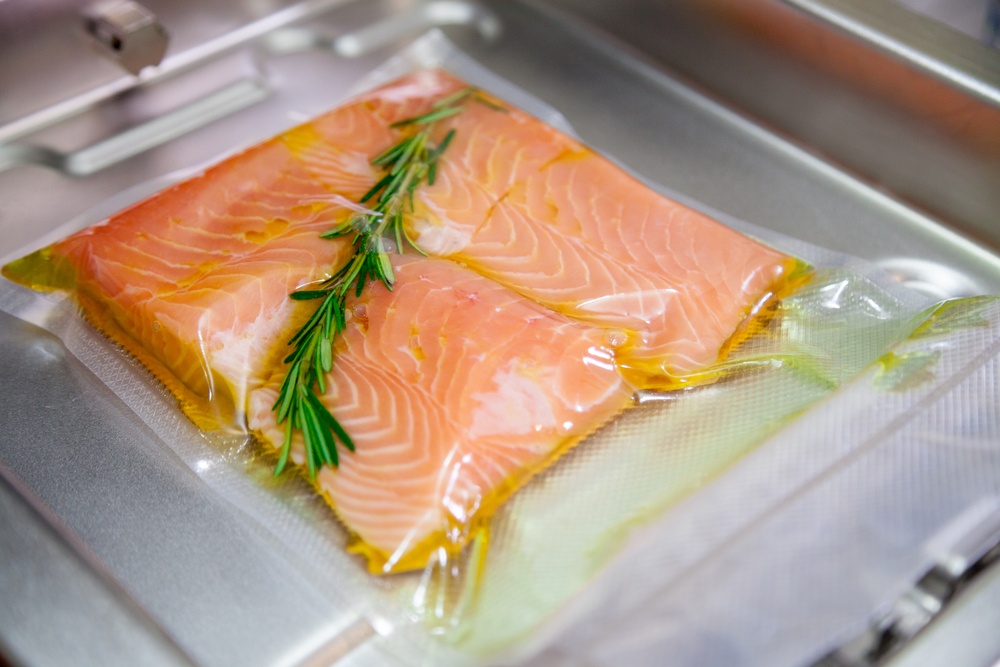
So why is sous vide better than other cooking methods? Well, it all boils down to cooking temperatures. Normally when you cook, food is exposed to heat far beyond the desired internal temperature. For example, let’s say you want to cook a steak to medium doneness in a frying pan? A medium steak has an internal temperature of about 145°F; but the pan you fry it in might reach temperatures in excess of 350°F. And unless the food is carefully prepared and removed from the heat at the precise moment, it will be overcooked. Remove the food too soon and it’ll be undercooked.
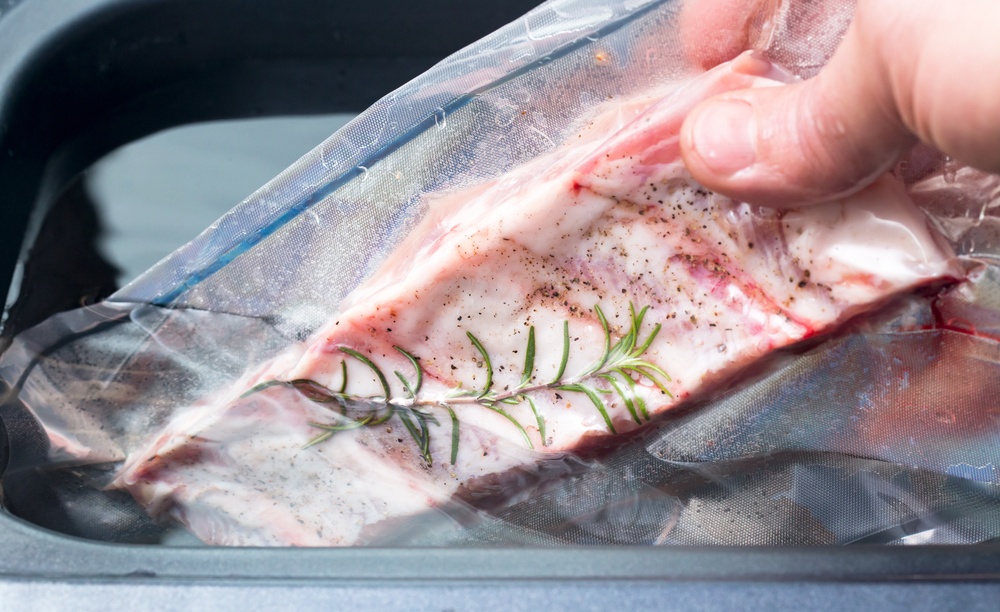
With the sous vide method, the water bath is kept at a perfectly consistent temperature, often the desired internal temperature of the food being cooked. That means as long as you do the sous vide right, it’s impossible for your food to be over- or underdone.
And most importantly, placing the food in a vacuum-sealed bag prior to cooking ensures that none of the moisture or juices escape. And voilà! Moist and succulent food that’s cooked to the perfect temperature.


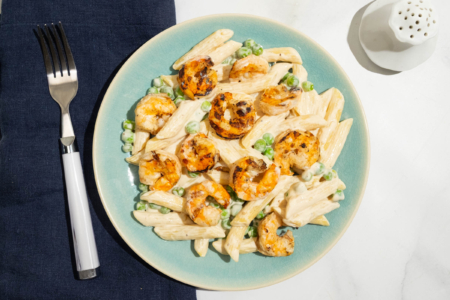
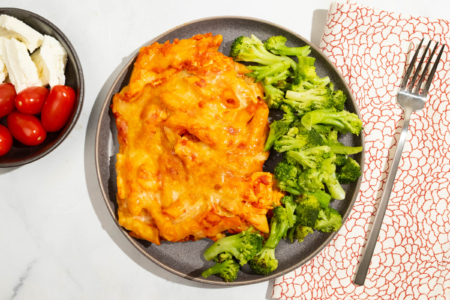
Our son gave us a sous vide for Christmas and we love it